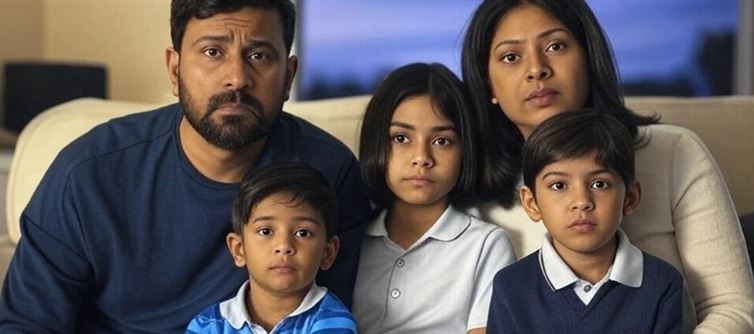
After deducting ₹20 lakh in taxes from his gross annual income of ₹70 lakh, he is left with ₹50 lakh, or around ₹4.1 lakh, every month. But practically everything is consumed by the costs.
The EMIs for a home loan of ₹2 crore come to ₹1.7 lakh. A car loan of ₹20 lakh requires ₹65,000. Include ₹15,000 for domestic help and ₹50,000 for foreign school expenses. "This leaves you with just ₹1 Lakh for all other expenses," says Ahuja.
The remaining ₹1 lakh must be used for groceries, utilities, fuel, medical care, entertainment, and even savings for a trip. "By the end of the month, there's nothing left!!!" warns the man.
According to Ahuja, there are three main causes: aspirational lifestyles fueled by social media, real estate that costs 10–30 times yearly wages, and unchecked inflation in major cities.
"Literally, three things are making everyone living in a metro city in india sub-middle class," according to him. "Think twice before you sign up for a housing loan!" is some of his shrewd advice.
The founder of Marcellus Investment Managers, Saurabh Mukherjea, has expressed similar worries and has cautioned on numerous occasions about the rising debt load of the middle class. According to Mukherjea, who cites data from the Reserve bank of india, 5–10% of middle-class households in india are currently trapped in a debt cycle.
He notes that while non-mortgage debt is among the highest in the world and is frequently used to finance luxury goods, technology, cars, and vacations, financial savings are at a 50-year low.
Mukherjea cautions that "the rise of wallet PLATFORM' target='_blank' title='digital-Latest Updates, Photos, Videos are a click away, CLICK NOW'>digital finance tools has made borrowing frictionless," but also notes that social media pressure is causing families to overspend. He observes a concerning trend of hardship, starting with microlending and continuing with personal loans, credit card failures, and the strain of two-wheeler loans. Then "home and car loans could be next," he warns.




 click and follow Indiaherald WhatsApp channel
click and follow Indiaherald WhatsApp channel